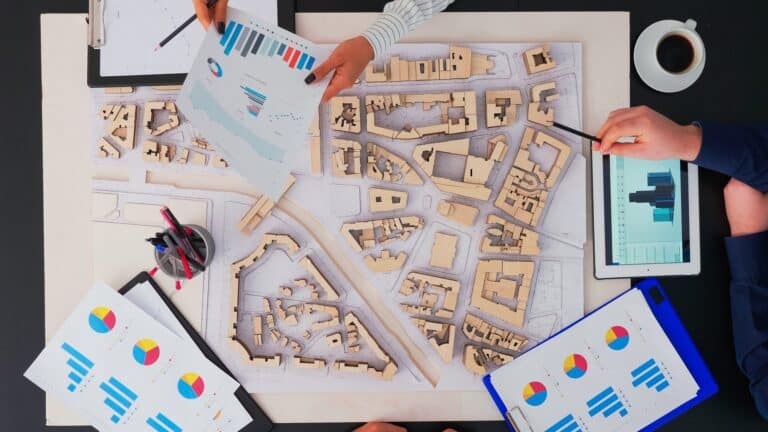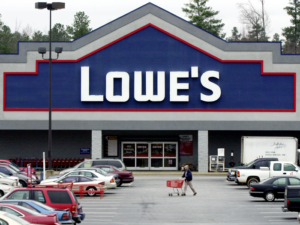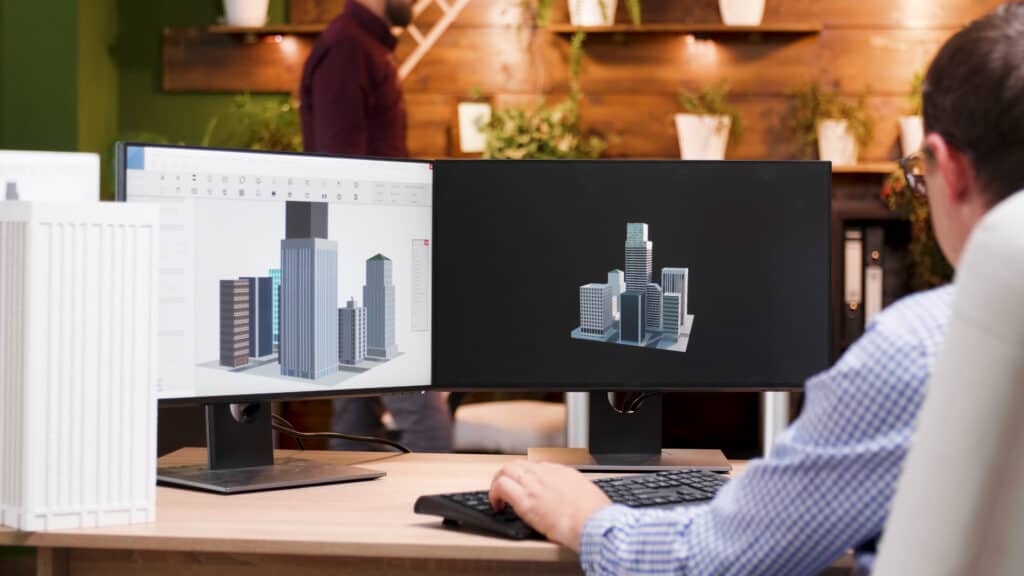
“What is a Product Prototype? Product prototype is an early sample or model of a product, usually created to test the design and function.”
What is a product prototype? A product prototype is a of an object, usually created to help designers and product developers assess form, fit and function. It can be made from anything: clay, paper sketches or 3D printed models. The best prototypes are those that look like the final product (so they can accurately simulate how it will work) and feel like the final product (to test out its durability). This article will talk about what a product prototype is and why you need one! Let’s get started!
Jump Ahead To :
What Is A Product Prototype?

A product prototype is a representation of your product’s features and design. It looks like the final product, but it may not be fully functional or have all its details worked out.
It can range from paper sketches to interactive software that simulates what you’re building before coding begins. Instead of waiting until the entire product has been created, you will test parts built with real users to see how they work together and learn more about what needs improvement. This process ensures any potential issues are found faster so developers can make changes earlier in the development cycle instead of halfway through when things aren’t working correctly anymore. With modern technology allowing us to build products more quickly than ever before, the type of testing becomes even more important.
In addition, a product prototype is the rough draft of your product. Essentially, it’s an early version of what will become your final product. Many companies don’t bother with this step and jump right into building their products without using prototypes to test them out first. This can lead to some major setbacks in terms of resources and time spent developing something that doesn’t work well or at all! Product prototyping allows you to get feedback from users before investing too much money and time in creating a finished product, so you aren’t left trying to fix any issues after the fact. Using web app mockups, for example, are one-way teams can turn ideas into clickable product prototypes.
Types Of Product Prototype
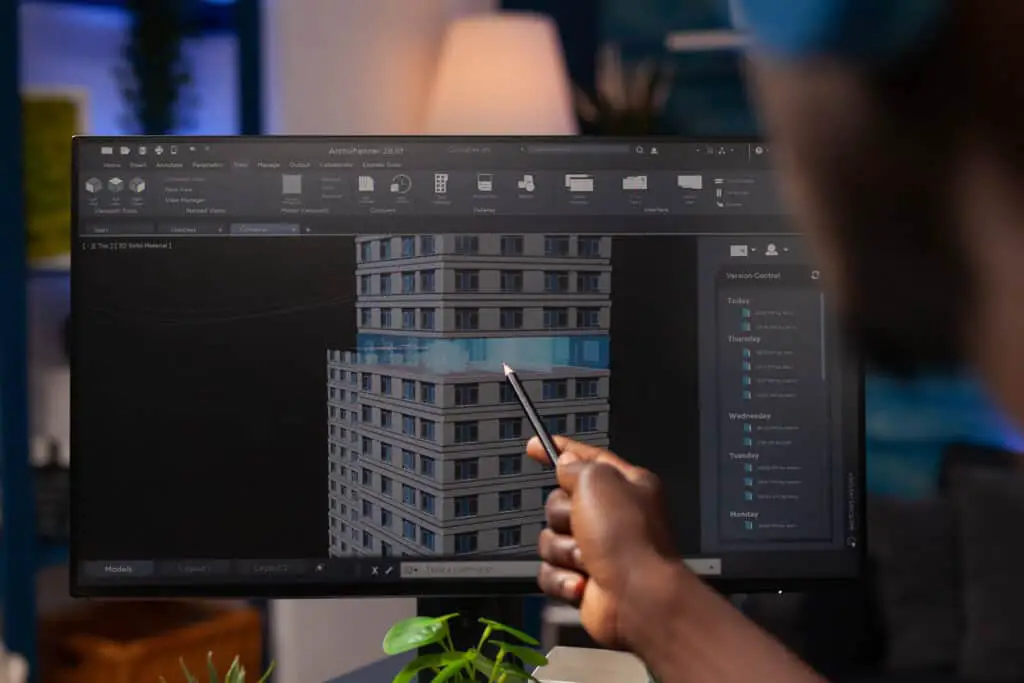
You will need to know about several product prototype types if you want your product idea to become a reality. When it comes to time for manufacturing, the product design is completely different from just some drawings on paper. The product development team needs something more concrete to move forward with their work. This means that they have begun looking into prototypes of some sort to get an idea of how this new product will turn out once it becomes commercially available. If you’re interested in learning what type of prototyping method or technique should be used at each step along the way, continue reading below!
This first product prototype is called “a form” and uses common materials like clay, wood, and plastic. It’s a product prototype that is done quickly and often without any special equipment or machinery. Still, it can give designers an idea of shapes and styles that they may not have visualised before creating the product design on paper.
Another type of product prototype is called “a functional model“, which allows users to test out all aspects of how the product works and check for flaws so that adjustments can be made if necessary. This form of prototyping will include some mechanism or moving parts to demonstrate how things work together inside the product itself, even though this early version has no exterior casing yet. For example, you might need a strong material like steel instead because plastics won last long enough during testing phases with product prototypes.
Functional product prototypes will give the product development team a better idea of how something works together as an entire system rather than separate components that may or may not fit correctly inside one another later on down the product design and prototyping path. These product prototype models are often made from cardboard with sticky notes showing where everything should go to work properly once assembled into one final version by manufacturing teams. This lets them see if they can leave out certain parts altogether without sacrificing quality or function since this early model doesn’t have all the bells and whistles yet anyway.
The third type of product prototype is called “a styling model“, which could also be referred to as a product design model, product styling or even a product look prototype. This process begins to resemble the final product closely with exterior features and finishes that are similar, if not identical, so users can see what they will be getting before it is sent for manufacturing. Depending on the product category, this may include colour schemes and other visual aspects of how yours will appear once it’s ready to ship out.
The fourth type of product prototype (perhaps one of the most important) is called “a testing and evaluation form“. These models give manufacturers an idea about how something might work in real-life conditions without spending too much time or money since all components used should be easily replaced when necessary during prototyping stages rather than waiting until after mass production has started.
This product prototype is often made with the same materials used in manufacturing since it will need to withstand daily wear and tear for some time without giving out or breaking down completely. This helps product development teams understand how long these items should last before needing replacement during normal use. Another key element when creating product prototypes is figuring out what needs to go into each box so customers can open up, put everything together easily by themselves at home, and begin using their new product right away once they’re done!
Knowing exactly what you’ll need ahead of time allows engineers to cut back on packaging costs while making design decisions based on real-life user feedback from testing these products throughout various product prototype stages.
Reasons To Make a Product Prototype
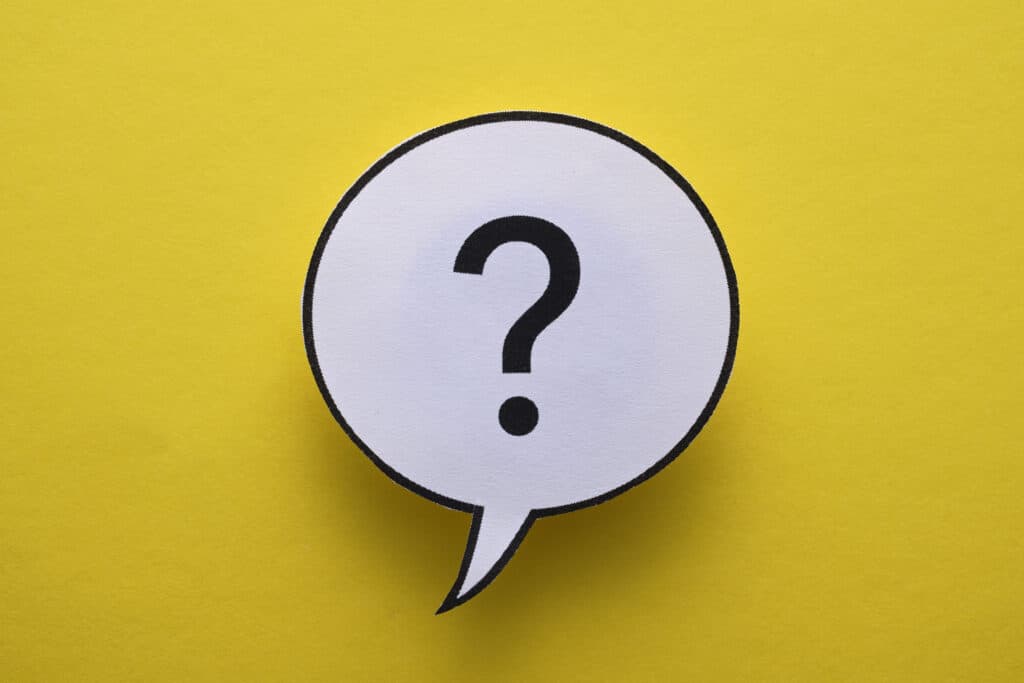
• Product testing – is your product up for the challenge? Can it handle the pressure, or will it buckle under stress? A working model can show you how effective (or ineffective) your ideas are.
• To test market demand – before investing in expensive manufacturing and marketing strategies, many businesses want to know that there’s a demand out there for their products. If they’re wrong about this assumption, then they risk losing money on unsold inventory with no return on investment whatsoever! This has happened countless times when companies have gambled on new product lines without first gauging demand. A product prototype helps you avoid this scenario altogether.
• To make a more effective presentation – If you’re trying to convince someone (an investor, an employee, etc.) of the merits of your product idea and why they should get behind it financially or otherwise, then having a compelling visual aid can be extremely beneficial in winning them over- something that’s much easier said than done when discussing intangible concepts! By giving life to your ideas with a working model, people will have no problem understanding what makes your product so special.
• Market testing – sometimes, even if there is market demand for new products out there, consumers may still not want to give up their money on something unfamiliar unless they’ve been able to see it up close and test it out for themselves. A product prototype enables you to get in your target demographic’s hands so they can provide valuable feedback on its design, colour scheme, feel, convenience factors (if relevant), etc.
• To show how something works – products that are more complex or have multiple features often benefit from having product prototypes made because customers will understand what certain buttons do without any problems whatsoever!
Stages In Making A Product Prototype
Prototype product making is a process you will go through at least once and most likely more than twice. While not an easy task to accomplish, it can be fun when the product starts coming together. Several phases are inputting your product prototype together: conceptualisation of product idea; design engineering stage; initial model/prototype build; testing phase with user feedback loop (back & forth between engineering & user); final product production ready-to-market or launched for consumer use. Let’s take each one by one!
The Conceptualisation Of Product Idea
The conceptualisation of the Product ideas Stage in the Making Prototype happens when an idea for a new product or service has been identified and documented to provide its basic features. There are no details included, so it can be changed easily without any financial commitment being made at this point. The main goal here would be to come up with something viable.
Design Engineering Stage
Once you’ve chosen a product and your target market (market research is important), it’s time to start prototype design engineering. Making prototypes can take many forms depending on the project, such as paper sketches, lo-fi wireframes (using PowerPoint), comps in Photoshop/illustrator etc. Design engineers typically use computer-aided design software like Solidworks for prototyping products, so I’ll focus on this making a prototype here. Making a CAD model allows designers to build concept models quickly and efficiently, which helps them set up assembly instructions and better understand parts fit together.
An iterative process is used to build a prototype model and test it with users. Making changes as you go based on the results of user tests has shown that this process is more efficient than making big design changes at the end after all parts have been made. Some products may only require one or two major iterations. In contrast, others could take 20+ minor tweaks before finalising everything from materials choice to creating a new part if something isn’t working out in CAD perfectly. Solidworks allows engineers to visualise their product quickly by sharing models via email for remote testing/feedback, Dropbox, etc.
Initial Model/Prototype Build
First, it is important to determine the amount of time needed for this stage. Making a prototype can take anywhere from one day to several months, depending on your design.
To ensure that your idea will work as expected even before starting production for real, prototyping using an initial model/prototype build method exists. In this case, people construct a rough out of cardboard or wood – or print out a paper replica – of the proposed design. Whatever the chosen material, it should be sturdy enough to survive minor collisions with other objects or surfaces without breaking apart. Making an initial model/prototype build helps you test your ideas and concepts long before being manufactured using real parts and materials for final products.
The first step in making an initial model/prototype build is determining if this can be done full scale or not. Whether one needs to produce only miniature models (for example, by cutting down larger pieces) or actual-sized units (which means starting from scratch), suppose prototyping cannot proceed on a full-scale basis. In that case, there are two ways to design the initial model/prototype build plan: find a company that can produce a prototype for you or try to manufacture it yourself.
The next step in making an initial model/prototype build is writing down the manufacturing process flowchart. Making this plan helps ensure that all processes are well understood and documented before starting production of real parts for final products. One way to make sure everything goes according to schedule with your project is by identifying all components needed in the product development cycle.
This includes setting up proper communication channels between people involved in various aspects of building things from scratch (for instance, developers who work on software programs) and subcontractors working on different stages of prototyping development within their areas of expertise, such as mould tooling manufacturers. This stage involves creating a physical representation of your ideas and concepts, which you can use to test the idea before going into full production. Making an initial model/prototype build helps reduce any uncertainties that may arise in a product development cycle, thus allowing for thorough testing of individual parts and assemblies before actually manufacturing them on real tools.
Testing Phase With The User Feedback Loop
The testing phase with the user feedback loop is where a company will test the product and see how well it works. Making a prototype is hard, but if done right can save time, money and resources in creating an actual finished good version of what you want to produce. This testing phase allows any bugs or errors to be worked out before bringing the final product to market. Often this process includes asking those that use regularly or are interested consumers from your target audience as they provide fantastic insight into whether something works as intended by real people who might not know much about technology themselves!
Building a Product Prototype requires teamwork since different people work on separate phases of Making a product prototype. Making prototypes can be simplified by using Making products with computer software that is simple to use and allows for easy changes so the initial design will not have any flaws that cannot be fixed once it has been created.
Final Words
Product prototyping can help product designers visualise their product before it is created, making changes early in the design process to ensure that everything works together properly when mass production rolls around. Different product prototypes are “a functional model, a styling model, and a testing and evaluation form”. There are many other product prototype samples, too, but these three will give you an idea about how something might work once manufactured for real-life use! Then again, what do I know? But this much seems pretty accurate to me after reading multiple websites online while researching this blog post content, including my own.
